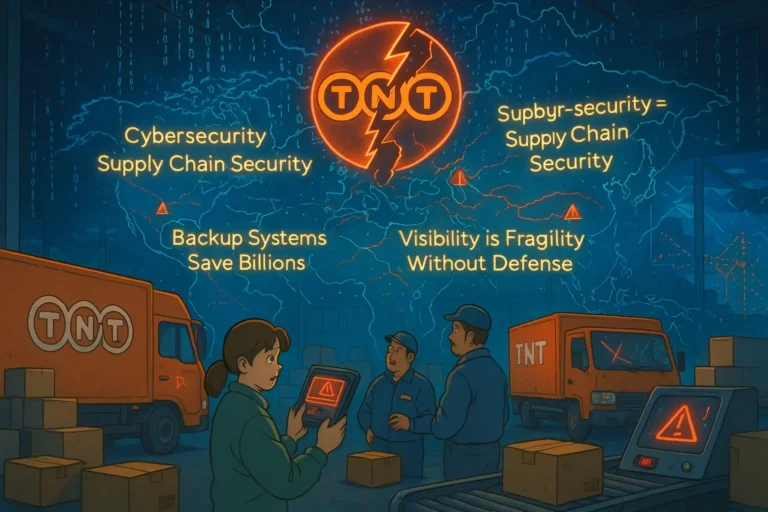
Supplier data management is one of the fastest rising systems in supply chain operations, even in Africa. However, it will need a nuanced approach to implement it successfully.
Think of the impact of suppliers on any supply chain operation, especially in Africa. You may notice that it is almost impossible to run a supply chain successfully without suppliers. This makes managing them effectively a non-negotiable.
But, to manage a system effectively, you will need information. Not just any information but the right information, to ensure you can navigate the system properly.
This is the entire point of supplier data management in Africa and globally.
So, what is supplier data management (SDM)?
Supplier data management is the collecting, storing, and management of any supply chain’s supplier information. Supplier data management allows you to audit or vet any supplier correctly, including strengths, weaknesses, and opportunities.
With SDM, supply chains know what to expect from their suppliers and how to get the best service from them. The opposite will be working blindly and trusting suppliers who may or may not disappoint you.
Imagine a supply chain that needs an urgent delivery of certain raw materials to meet customer obligations. Rather than choosing any supplier at random, the SDM allows you to pick the best possible supplier that you are certain will deliver promptly.
Again, this is the ultimate point of supplier data management, whether in Africa or anywhere else. It gives the supply chain an edge in managing its suppliers.
Why is supplier data management (SDM) important for supply chains across Africa?
Because of the informal nature of the African economy, managing suppliers can quickly become tedious. This is because most businesses and supply chains simply do not have enough information to manage their suppliers.
Here are some ways the SDM can correct this.
- It allows these supply chains and businesses to vet the suppliers they are getting in bed with properly. However, this means they may have to spend a lot of time collecting all the necessary information.
- It helps manage expectations and improve supplier and supply chain communication. The supply chain can properly estimate the supplier’s capabilities, decide whether or not they can meet their demands and then take the next steps.
- SDM promotes uniform information of the supplier across the supply chain. This means that any party on any level of the supply chain has access to the same information, ensuring the supply chain is not working blindly with its suppliers.
- With the SDM, supply chains and businesses can also track and record their suppliers’ performance, enabling visibility in supplier relationships.
Challenges supply chains in Africa may face when implementing the SDM
For starters, supply chains in Africa face an immense challenge in gathering supplier data. Again, this is thanks to the informal economy in Africa. The supply chain is often at a loss on how to properly vet information supplied by the supplier or vendor.
The supply chains often have no choice but to gather key aspects of this information experientially. Now, not all information is hard to verify. For instance, it is easy to determine the infrastructure and, therefore, the potential capacity of the supplier.
However, capacity doesn’t always equal delivery. The same supplier might be obligated to other supply chains or be in financial trouble, which is much more difficult to verify.
This is where the supply chains run into problems because the supplier challenges will ultimately impact the success of their operations.
Another challenge for many African supply chains is the security SDM requires and the cost of implementation. It is no secret that any database of consequences will require some level of protection.
Supply chains in Africa are often not eager to spend money to ensure protection, so they often decide against the system.
How supply chains in Africa can successfully implement supplier data management (SDM)
To implement supplier data management successfully in Africa, there are a few tips supply chains will need to follow. This includes:
1. Be clear on the information needed.
Information is the crux of the supplier data management system. Without it, there might as well be no SDM. However, not all information is necessary and will help the supply chain achieve its desired objective in managing the SDM.
To successfully implement the SDM, the supply chain has to be clear on what it needs to gain the desired results from its suppliers. This could include capacity, delivery rate, on-time delivery rate, and other forms of performance.
When the supply chain is clear on the information it needs, it can effectively plan and streamline the data-gathering process. You cannot collect data adequately if you are unsure of what you are collecting.
2. Find cheaper SDM infrastructures
Setting up the SDM can be expensive, but there are cheaper alternatives. A small supply chain operation may decide to lean on spreadsheets, and a larger one may decide to splash a bit more.
There are budget-friendly solutions, especially if the number of users is limited. This way, the supply chains have a plethora of options to choose from. They also get the added benefit of simply paying a small fee for the entire infrastructure plus security.
However, these supply chains may need skilled personnel to help them interact with the system effectively.
3. Invest in training
No matter how great an SDM system is, how the supply chain interacts with it will significantly impact the system. This is why training or hiring the right staff for the process is important.
However, hiring new staff can significantly increase the supply chain’s cost, which is why it is far better to get the current staff updated on how to interact with the systems. That way, the supply chains adopt a decentralized approach, and information flows better.
Conclusion
Supplier data management is a handy tool for dealing with suppliers. In Africa, these supply chains may face unique challenges that can significantly impact their implementation. However, with this guide, these supply chains can better navigate the entire system.

Obinabo Tochukwu Tabansi is a supply chain digital writer (Content writer & Ghostwriter) helping professionals and business owners across Africa learn from real-world supply chain wins and setbacks and apply proven strategies to their own operations. He also crafts social content for logistics and supply chain companies, turning their solutions and insights into engaging posts that drive visibility and trust.







